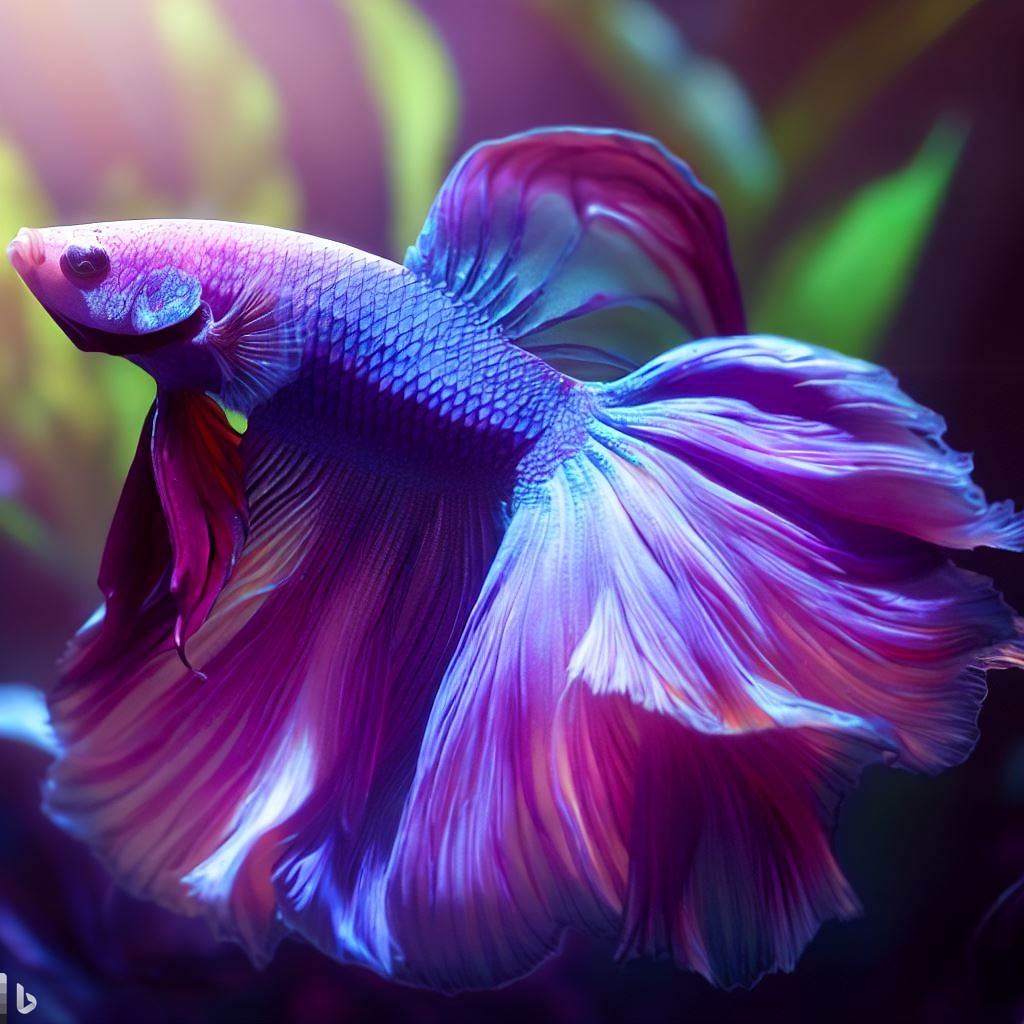Betta Fish Diet Plan: What to Feed Your Betta for Ideal Wellness
Wiki Article
Reproducing Betta Fish: a Comprehensive Step-By-Step Overview to Effectively Raising Child Bettas From Eggs to Adulthood
Reproducing Betta fish is a thorough venture that needs mindful preparation and implementation to ensure the effective advancement of fry from eggs to mature fish. Selecting genetically diverse reproduction pairs with preferable characteristics is only the start; creating an ideal setting and comprehending the intricacies of the reproducing process are similarly crucial. As the male Betta faithfully constructs a bubble nest and guards the precious eggs, the subsequent stages of care and shift need focus to information and knowledge of best methods. Exactly how does one browse the tough yet fulfilling path of supporting these vibrant creatures to adulthood?
Picking Breeding Pairs
When starting the trip of reproducing Betta fish, selecting the appropriate reproduction pairs is critical to achieving preferable qualities and a healthy family tree - betta fish. The primary step in this process is to identify the details qualities you wish to boost or preserve, such as shade, fin type, and body form. It is necessary to select genetically diverse sets to stay clear of inbreeding, which can cause health problems and undesirable attributesAssess possible breeding prospects carefully. A healthy and balanced male Betta should display vivid colors, an energetic behavior, and well-formed fins, while the lady should likewise present dynamic pigmentation and a rounded stubborn belly, suggesting preparedness for spawning. Observing the personality of both fish is important, as hostile or extremely shy people might not reproduce successfully.
Keeping records of the parent fish's ancestry can assist you track genetic qualities and prospective problems. Eventually, spending time in the choice process will substantially boost the chance of generating solid, lively children that satisfy your reproduction objectives.

Preparing the Breeding Container
Producing an optimal reproduction atmosphere is a key action after selecting ideal sets for Betta fish. The breeding container must be specifically made to provide convenience and stimulate the all-natural breeding actions of the fish. Begin with a container size of a minimum of 10 gallons to make sure sufficient room for both the male and women Bettas.Maintain a gentle purification system to keep the water tidy while avoiding solid currents that can stress the fish. Furthermore, an air rock can be included in give oxygenation without disrupting the water surface area as well much.
Temperature law is important; purpose for a stable variety of 78-82 ° F(25-28 ° C) using a trustworthy heater. The pH degree need to be maintained in between 6.5 and 7.5, and normal water changes are required to make sure high water top quality.
Integrate drifting plants or spawning mops to produce concealing places for the female, while also urging bubble nest structure by the male - betta fish. Ultimately, make sure the Learn More storage tank is find this without sharp decorations and any type of possible risks, as the well-being of the fish need to always be focused on throughout this essential phase of breeding.
The Reproduction Refine
Commonly, the reproducing procedure for Betta fish entails a collection of unique and evident behaviors that show preparedness for recreation. The male Betta starts by developing a bubble nest at the water's surface area, which serves as a site for the fertilized eggs. This nest is critical, as it provides a secure environment for the eggs till they hatch out.As soon as the nest is established, the male will show courtship habits, such as flaring his fins and exhibiting vibrant shades to bring in the woman. The woman, upon sensing the male's readiness, will react by showing vertical stripes along her body, signifying her receptiveness.
The fed eggs then drop to the bubble nest, where the male thoroughly collects and returns them to the nest. Following this, the male presumes responsibility for safeguarding the nest and ensuring the safety and security of the eggs until they hatch out, usually within 24-36 hours.
Taking Care Of Betta Fry
Caring for Betta fry calls for cautious focus to their setting and nutrition to ensure healthy growth and development. After hatching out, Betta fry are exceptionally little and prone, demanding a steady and tidy environment.Feeding Betta fry is just as vital. Feed them little amounts several times a day, being mindful not to overfeed, which can lead to water top quality problems.
Transitioning to Adult Bettas
As Betta fry mature, transitioning them to grown-up Bettas is a critical stage that needs cautious monitoring of their atmosphere and social interactions. This process typically starts when the fry reach around six weeks old, at which point they can be gradually presented to a much more structured living setting.To promote this transition, it is necessary to make sure that the water criteria-- such as temperature, pH, and ammonia degrees-- are optimal and secure. Adult Betta fish prosper in cozy water (around 78-80 ° F) with a pH of 6.5 to 7.5. Slowly acclimate the fry to these problems to lessen anxiety.
Social communications are an additional crucial element; man Bettas are infamously territorial and aggressive. Consequently, it is advisable to separate males right into private containers as they grow. Women Bettas can be housed with each other, but care must be taken to keep an eye on for signs of aggression.
Furthermore, nutritional adjustments ought to be made as the fry grow. Integrate top notch pellets and live foods to sustain their growth and health and wellness. By handling these variables effectively, you can promote a successful shift to the click to read adult years for your Betta fish.

Conclusion
Effective breeding of Betta fish calls for careful focus to information throughout the entire process, from picking genetically diverse sets to offering optimum care for fry. Furthermore, a balanced diet regimen and gradual adjustment to adult atmospheres are essential for the development and development of Betta fish.Report this wiki page